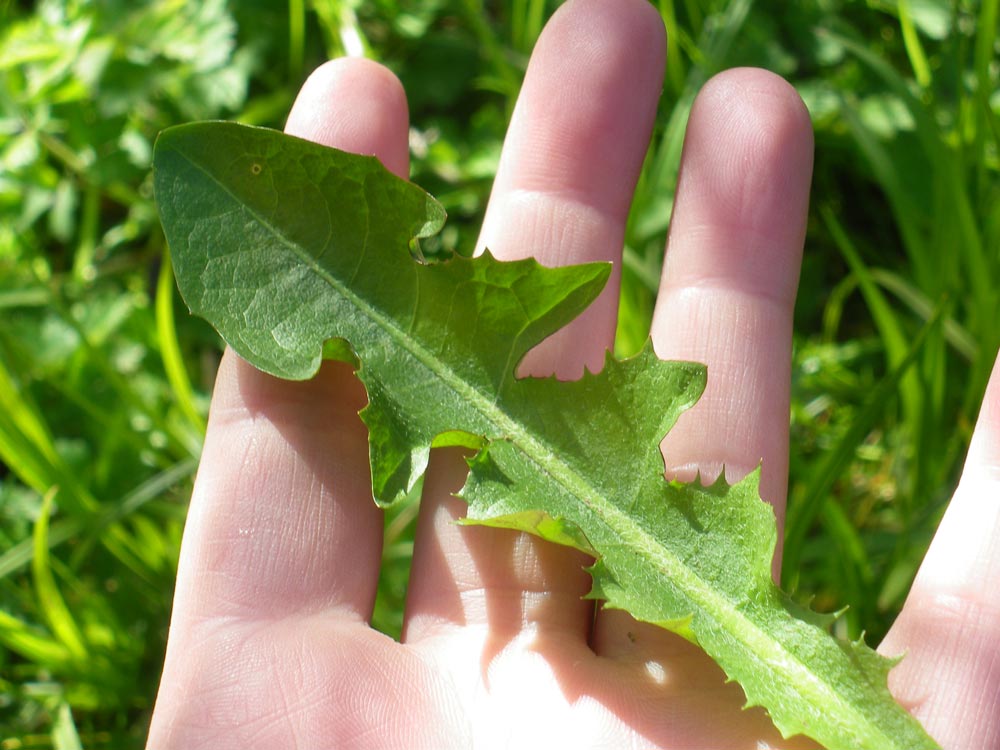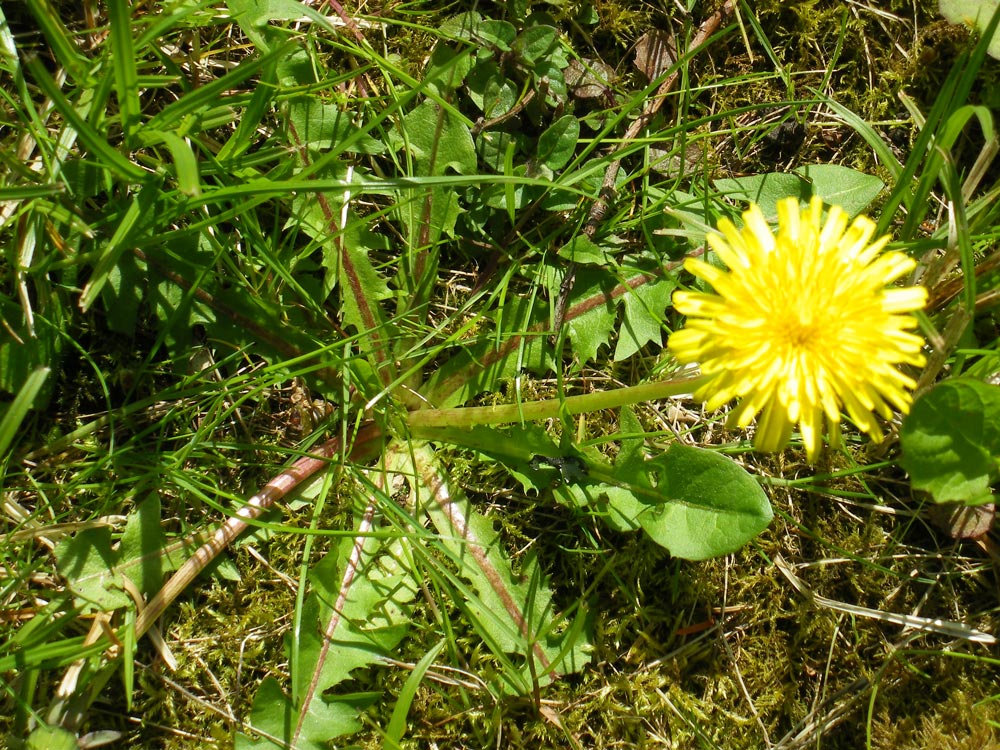Dandelion Medicine
Apr 17, 2024
May is by far my most favourite month of the year. The season is bustling with all the colour and vigour of new life; flowers opening to show their sunny faces and the green of the grass so intense it’s hard to believe it’s real. In just one week my lawn has suddenly covered with dandelion flowers. For me, that is a sure sign we’re headed into summer and the harsh of winter is far behind us.

No flower can make me smile as wide as dandelion. In the face of being trampled on, threatened with herbicides, ignored or despised this simple herb continues to grow brightly, and with tenacity, filling cracks in sidewalks and other remarkable places where it seems no life can otherwise survive. Where land has been damaged or destroyed, you can count on dandelion to show up with its sunny disposition and begin remineralizing and healing the land. It has sometimes been called the “herbal earthworm” because of its amazing ability to turn “dead” soil into rich, nutritious fertile soil.
And like most maligned, ignored, pesky plants that grow vigorously in the face of all adversity, it has extraordinary medicinal value. First, the flowers can be used to heal skin, in particular heal sunburns, windburns, age spots or inflammation from a wound or incision. You can also use the oil for a muscle rub to ease sore joints, cramps, back aches, arthritic pain and more. Eat the flowers in your salads, or make a tea for the reasons given above– plus it’s a great mood enhancer. By consuming the flowers you are inviting in the essence of this sunshine plant: one that inspires hope, optimism and enthusiasm even in challenging times. So, if you are feeling down and experience emotions locked in your muscles, this is the flower for you.

The name “Dandelion” comes from the expression “teeth-of-a-lion”, referring to the sharp, teeth-shaped leaves of this plant. The leaves are edible so long as they are bright green and healthy looking. The best way to eat them is raw in salads. Dandelion leaves are particularly high in vitamins A, C, B complex and also high in the minerals calcium, potassium, iron and plenty of trace minerals. The amounts will vary depending on location. If you prefer, you can also make a tea with the leaves.
The entire plant is bitter. The taste that most westerners dislike, but is so necessary for vibrant health. Why? Bitter herbs and vegetables, in this case dandelion, promotes gastric juices which in turn improve digestion by balancing stomach acid, improving assimilation of minerals, and decreases gas, bloating, constipation, and sugar cravings. Bitters also decrease inflammation, and dandelion overall improves liver function. Considering the liver has over 500 known functions, that’s really important news.

And what about the root? Yes it’s edible! The best times to harvest the root are just before the plant flowers or in the autumn, after the plant has gone to seed. The root is a powerful healer for the kidney, bladder, and has been used in anti-cancer therapies. The entire plant is a natural diuretic, and the genius of nature has created this diuretic as naturally high in potassium, the mineral that is at risk of being depleted with pharmaceutical diuretics. Importantly (and why it’s important in anti-cancer therapies) dandelion root has a special affinity for the lymphatic system. So consider this root if you frequently have swollen glands, regular coughs, colds, bronchitis that you can’t shake and go on and on. The root has also been traditionally used to balance blood sugar levels and to improve hormonal function for both men, women, and teenagers struggling through puberty. To reap the benefit of all this, you must consume the root daily. Go ahead and chop it for salads, drink as tea, make an herbal vinegar with it or just eat it as is.
RECAP:
Flowers- drink as a tea, eat in salads, or make an oil with them.
To make an oil:
1. On a bright sunny day collect dandelion flowers being sure they are completely dry.
2. Fill a bone-dry glass jar with your dandelion flowers. They can be whole, you do not need to chop them up.
3. Cover flowers with a good quality (preferably organic) oil like extra virgin, olive, sesame, coconut or almond oil.
4. Cover open mouth of jar with paper towel. Then affix a plastic band around the jar to hold the paper towel tightly in place.
5. Set on a sunny window sill. This way the oil is solar infused, and any moisture in the flowers can escape. The power of the sun extracting the medicinal virtues from the flowers.
6. In 10 days, separate your flowers from the oil by running through cheesecloth or strainer. Compost the exhausted flowers.
7. You now have a beautiful dandelion flower oil, to use as a muscle rub, or to nourish and heal skin (a great moisturizer).
Leaves and root- enjoy raw in salads, or drink in tea, you can even add them to soups and stews.
Aren’t herbs amazing?!
Questions? Comments? Please post them below.
Green Blessings!
xo Seraphina

